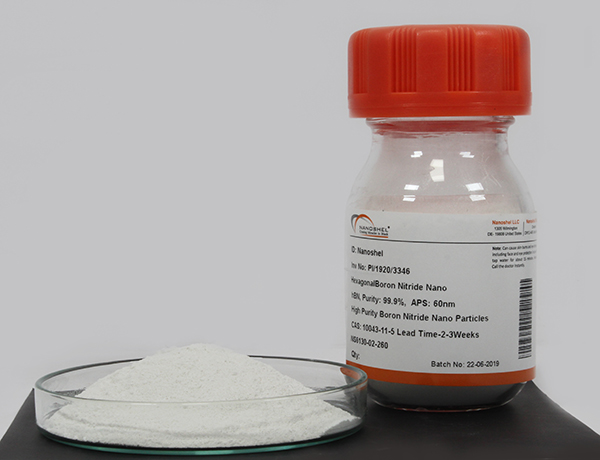Hexagonal-BN: Difference between revisions
Jump to navigation
Jump to search
No edit summary |
No edit summary |
||
| (One intermediate revision by one other user not shown) | |||
| Line 1: | Line 1: | ||
[[File:HBN.jpg|thumb|hBN powder]] | |||
====Introduction==== | ====Introduction==== | ||
* [[First steps: a walk through from DFT to optical properties]] | * [[First steps: a walk through from DFT to optical properties]] | ||
| Line 20: | Line 20: | ||
* [[Bethe-Salpeter equation tutorial. Optical absorption (BN)]] | * [[Bethe-Salpeter equation tutorial. Optical absorption (BN)]] | ||
<!-- | |||
====Real-time simulations==== | ====Real-time simulations==== | ||
* [[Breaking of symmetries]] | * [[Breaking of symmetries]] | ||
* [[Independent-Particle Approximation Dynamics. Delta Pulse]] | * [[Independent-Particle Approximation Dynamics. Delta Pulse]] | ||
* [[Post-processing. Optical Response]] | * [[Post-processing. Optical Response]] | ||
--> | |||
Latest revision as of 11:13, 31 October 2019
Introduction
Quasiparticles in the GW approximation
Using Yambo in Parallel
- Parallel GW: strategies for running Yambo in parallel
- GW convergence: use Yambo in parallel to converge a GW calculation for a layer of hBN (hBN-2D)
Excitons and the Bethe-Salpeter Equation
- Calculating optical spectra including excitonic effects: a step-by-step guide
- Obtaining a converged optical spectrum
- Many-body effects in low-dimensional systems: numerical issues and remedies
- Analysis of excitonic spectra in a 2D material
Yambo-python driver
- First steps in Yambopy
- GW tutorial. Convergence and approximations (BN)
- Bethe-Salpeter equation tutorial. Optical absorption (BN)
